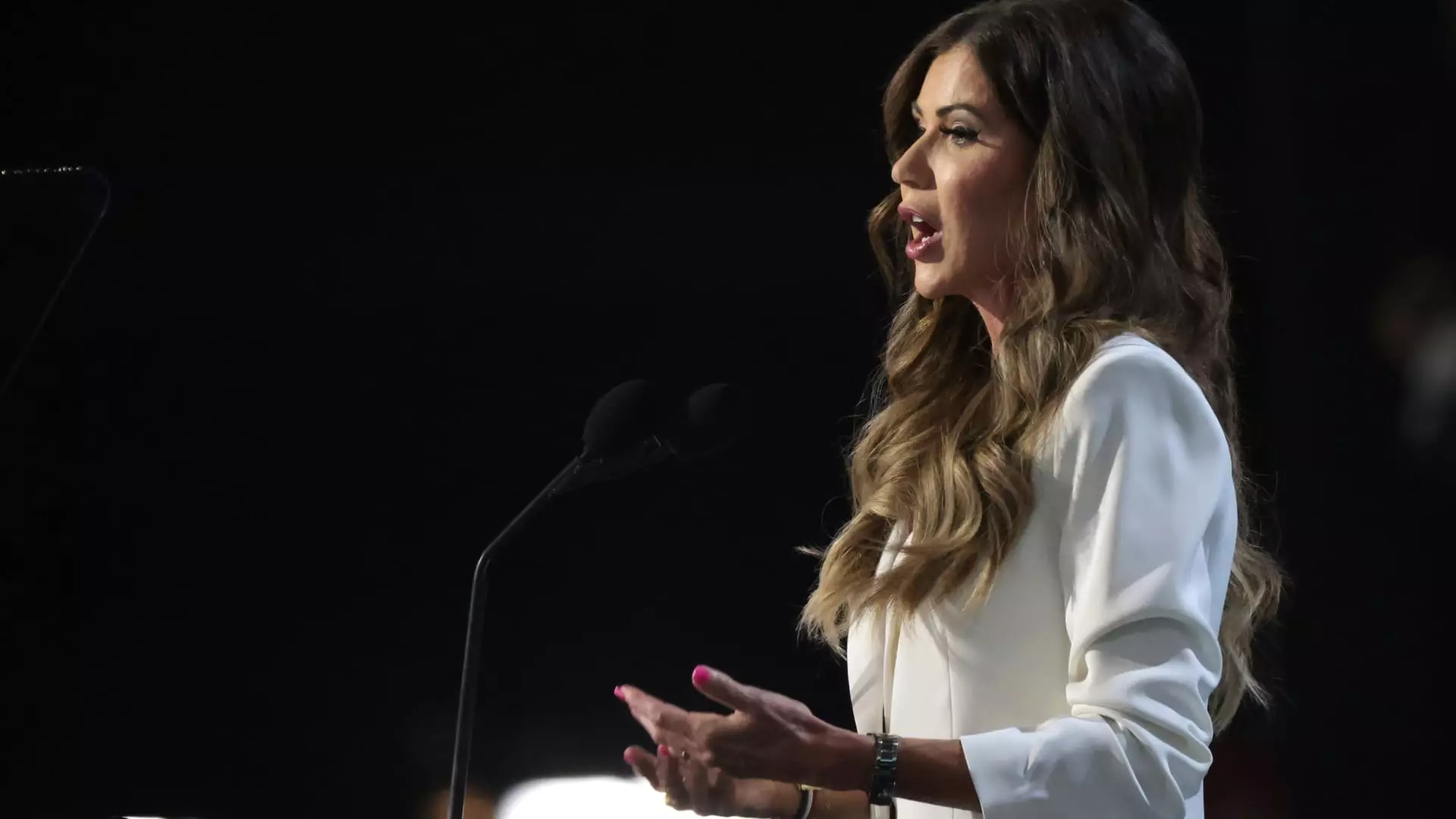In a move toward fostering sustainable living, a growing number of states in the U.S. have introduced rebates aimed at promoting energy-efficient home improvements, marking a notable shift in consumer welfare. Initiated first by New York in May 2023 and followed by several other states, these programs enable homeowners to mitigate the financial burden associated with retrofitting their residences and upgrading appliances. The necessity for such initiatives comes not just from a desire to conserve energy, but also from a broader commitment to combat climate change and reduce greenhouse gas emissions.
The backbone of these rebates is the Inflation Reduction Act (IRA), legislation that allocates a significant $8.8 billion to support consumers aiming to enhance home energy efficiency. Two principal components are involved: the Home Efficiency Rebates and the Home Electrification and Appliance Rebates. Homeowners can receive up to $8,000 for efficiency upgrades and as much as $14,000 for electrification and appliance enhancements. These generous provisions work to subsidize costs, making energy-efficient solutions more accessible to the average consumer.
As more households seize the chance to reduce their energy expenses and contribute positively toward climate change mitigation, it’s evident that these local programs can significantly transform residential energy consumption within the U.S. The timing is crucial; with growing awareness of environmental issues, consumers are increasingly inclined to invest in energy improvements that promise both immediate financial savings and long-term sustainability benefits.
Despite the momentum, some states have shown reluctance to participate in these federal programs. For example, South Dakota has publicly declined the funding, with state officials citing concerns over the administrative burden and expressing skepticism about the necessity of such programs for the state. The commissioner’s declaration reflects a broader ideological divide over climate policy, as they aim to distance themselves from what has been termed the “Green New Deal.” This rejection does not appear to be an isolated incident; South Dakota previously turned down extended unemployment benefits during the pandemic, reinforcing a pattern of hesitance toward federal financial assistance.
What stands out here is not only South Dakota’s decision but also the contrasting approaches taken by other states. Florida, initially resistant and governed by a Republican administration, also echoed hesitance by vetoing plans for a rebate program. Yet, a recent shift indicates that they are now preparing for a phased rollout, signaling the fluid nature of political responses to climate initiatives. These divergent approaches underscore how local governance plays a critical role in the implementation of federally supported programs, reflecting regional values and priorities.
The rebates set forth under the IRA fundamentally aim to create tangible benefits for consumers. Beyond the immediate financial advantages—which can drastically lower the cost of home improvements—the long-term ecological impact cannot be understated. By incentivizing energy efficiency, these rebates can lead to reduced reliance on fossil fuels and lower carbon emissions, which are pivotal benchmarks in the battle against climate change.
Interestingly, the nuts and bolts of how these rebates work are varied across states. In New Mexico, for instance, rebates initially focus on low-income individuals seeking essential insulation improvements, which highlights a commitment to ensure that vulnerable populations are not left behind in the transition to energy efficiency. In addition to this initial rebate, residents can later access further incentives for more extensive upgrades, all indicative of a phased strategy that aligns well with both economic and environmental objectives.
As states continue fine-tuning their respective programs, consumers are encouraged to proactively explore available resources. The U.S. Department of Energy advises that households not wait for state-specific rebates to take action on energy efficiency. Instead, they should investigate alternative federal programs, such as tax credits and the Weatherization Assistance Program, broadening the scope of potential support available to everyday Americans.
Looking ahead, the landscape of energy efficiency rebates in the U.S. is swelling with potential. With the initial success seen in states like New York and New Mexico, coupled with a notable interest manifested in upcoming programs across various states, a comprehensive shift toward energy-efficient practices appears to be on the horizon. The journey to achieving a more sustainable future hinges upon continued consumer participation and state-level cooperation.
Despite opposition from certain states, as seen with South Dakota, the momentum generated by the IRA and its corresponding rebate programs signifies a monumental step forward in U.S. climate policy. As states navigate the complexities involved in rolling out these rebate programs, consumers stand to play a crucial role as stakeholders in the shift toward a greener economy. This coordinated effort will not only help reduce utility bills but also pave the way for a collective response to the pressing challenges posed by climate change, ultimately ensuring a cleaner, more sustainable environment for generations to come.

